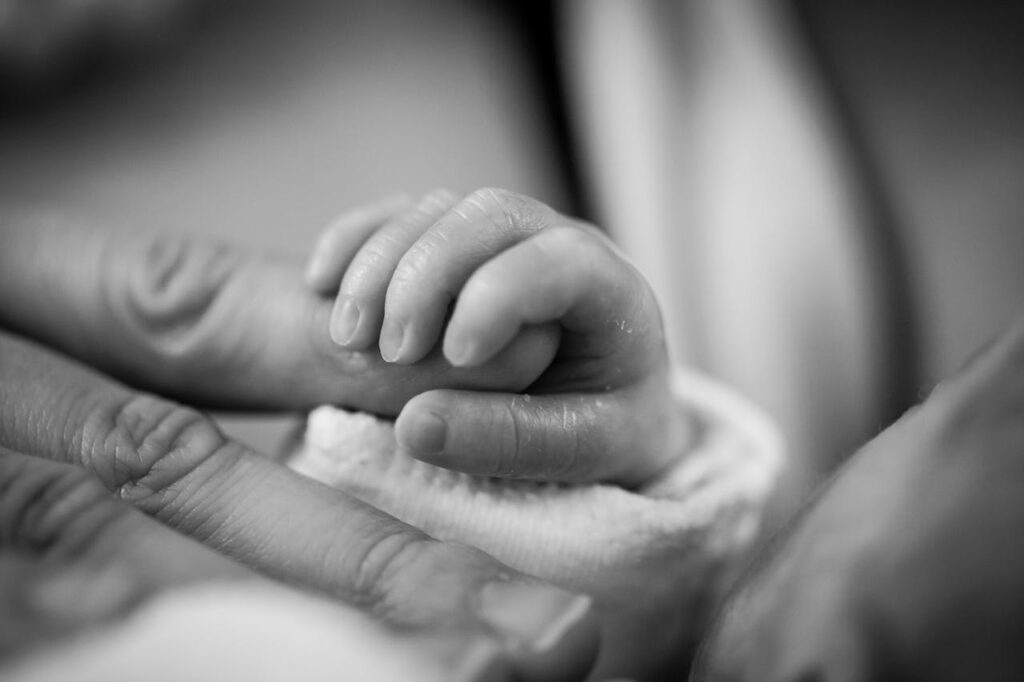When parents find themselves navigating a journey they never envisioned – a journey marked by a birth injury in their precious child, it can test the depths of their resilience, strength, and love, challenging them to redefine the very essence of what it means to be a parent.
The first question that’s often asked is, “What are the treatment options if my child has a birth injury?”
There are many treatment options for infants who’ve suffered a birth injury. The exact treatment that’s best for your child will, of course, depend on their unique situation and the type of injury they’ve suffered.
Birth injuries are defined as the trauma suffered by a baby during labor or delivery, resulting in a physical injury or medical condition. These injuries can range in severity from mild to severe and can have a lasting impact on a child’s life. Severe injuries like cerebral palsy may lead to long-term challenges that require ongoing treatment and support.
It’s also important to recognize that the impact of birth injuries can go beyond just physical health, affecting a child’s cognitive and emotional development, as well as their overall quality of life.
Common Birth Injuries
Most babies are born healthy, and birth injuries during the process of labor and delivery are relatively rare. However, when they do occur, they can have significant consequences.
Common birth injuries include:
- Brachial Plexus Injury: This involves damage to the network of nerves controlling the arm and hand muscles. The most well-known brachial plexus injury is Erb’s palsy, which can occur when there is excessive stretching of the baby’s neck during delivery.
- Cerebral Palsy (CP): This is a group of disorders that affect a person’s ability to move and maintain balance and posture. Cerebral palsy can result from brain damage during birth, often due to a lack of oxygen to the baby’s brain (asphyxia). CP is the most common motor disability in childhood, affecting around 1 in every 345 children, according to the CDC.
- Facial Nerve Injury: Pressure or trauma during birth can sometimes cause facial nerve damage, leading to facial paralysis in newborns. Facial nerve trauma occurs in as many as 10 out of every 1000 live births and is often the result of excess pressure on the facial nerve by forceps.
- Fractures: Fractures, particularly of the collarbone or clavicle, can occur during a difficult delivery. These fractures are usually detected and treated promptly.
- Intracranial Hemorrhage: Bleeding within the baby’s skull can occur if there is trauma or lack of oxygen during delivery. This can be a serious condition requiring medical intervention.
- Hypoxic-Ischemic Encephalopathy (HIE): HIE is a type of brain injury caused by oxygen deprivation and inadequate blood flow to the brain. It can lead to long-term neurological problems if not promptly treated.
Each of these injuries comes with its own set of challenges for the child’s well-being, showing the need for a comprehensive and personalized treatment approach. An approach that addresses the specific demands of each type of injury will ensure the best possible outcomes for the affected child.
Treatment Options for Birth Injuries
When it comes to dealing with birth injuries, treatments cover a range of options, each tailored to the specific type and severity of the child’s injury.
For instance, therapeutic hypothermia has emerged as an immediate treatment option for newborns at risk of brain damage due to asphyxiation, showcasing the continuous advancements in addressing birth injuries. Therapeutic hypothermia involves cooling a newborn’s body temperature to reduce the risk of brain damage following oxygen deprivation during birth.
This procedure can play a critical role in early intervention in lessening the long-term impact of birth injuries.
Many other treatment methods are available as well, including surgery, medication, and physical therapy. These are used based on the nature of the birth injury, such as brain damage, cephalohematoma, jaundice, or spinal cord injuries.
Surgical Interventions and Medical Management
When it comes to addressing birth injuries, surgical interventions and medical management play a key role in providing the best treatment options for children with birth injuries. Selective dorsal rhizotomy is a surgical procedure commonly used to treat children with cerebral palsy, targeting the sensory nerve fibers in the spinal cord to alleviate muscle stiffness and improve movement.
Another example is hip muscle release surgery, which is often recommended for children with hip dislocation resulting from birth trauma. This procedure aims to restore proper hip joint function and prevent long-term mobility issues.
In addition to surgical interventions, specific medications are essential for controlling birth injury symptoms as well.
Children with cerebral palsy, for example, may need medications to help manage spasticity, alleviate pain, and reduce the frequency of seizures, thereby improving their overall quality of life.
Rehabilitation and Support for Children With Birth Injuries
Rehabilitation for children with birth injuries often involves a far-reaching approach that includes physical therapy, occupational therapy, and emotional support.
- Physical therapy is crucial for helping injured children regain their strength, mobility, and coordination. This is especially true in cases of brachial plexus injuries where the focus may be on regaining full control of the arms.
- Occupational therapy, on the other hand, aims to help the injured child learn essential life skills, adapt to their environment, and achieve independence and a sense of accomplishment in their daily routines.
- These therapeutic interventions are tailored to the specific needs and abilities of each child, emphasizing a personalized approach to rehabilitation.
- Emotional and psychological support has an equally important role in the overall well-being of children with birth injuries (and their families). Coping with the challenges associated with birth injuries can be mentally and emotionally taxing, and professional support can provide the guidance and tools to more easily navigate these issues.
By incorporating counseling and mental health services in their treatment plans, families can develop effective coping strategies and create a more supportive environment for their child.
These services can also address the unique emotional needs of each family member so that both the child and their caregivers receive the support they need to thrive in the face of adversity.
Legal and Financial Support for Families Impacted by Birth Injuries
In the United States, families impacted by birth injuries often face significant financial and emotional challenges.
Seeking legal support can be instrumental in ensuring that your family receives the necessary compensation to cover the lifelong medical and therapeutic needs of their children.
Birth injury settlements can provide you with the financial resources that you need to access specialized medical care, adaptive equipment, and essential support services tailored to your child’s unique needs.
If your family has experienced a birth injury like cerebral palsy, you may need extensive financial help to cover the ongoing costs of ensuring your child’s safety and well-being. Working with an expert Philadelphia birth injury attorneys can help you get the financial compensation that you’re owed and need to provide your child with the best possible quality of life.
At Shrager, Sachs, & Blanco, our attorneys specialize in birth injury cases and can offer compassionate and expert guidance to families throughout the legal process.
We understand the complexities of birth injury cases and can provide your family with the best possible support to effectively navigate the legal system.
By advocating for families and their children, our legal professionals play a crucial role in ensuring that families receive the fair compensation and resources needed to address the long-term implications of birth injuries and promote the well-being and development of their children.
If your family has suffered from a birth injury, contact us today to explore your legal rights and discuss the compensation your child deserves.









